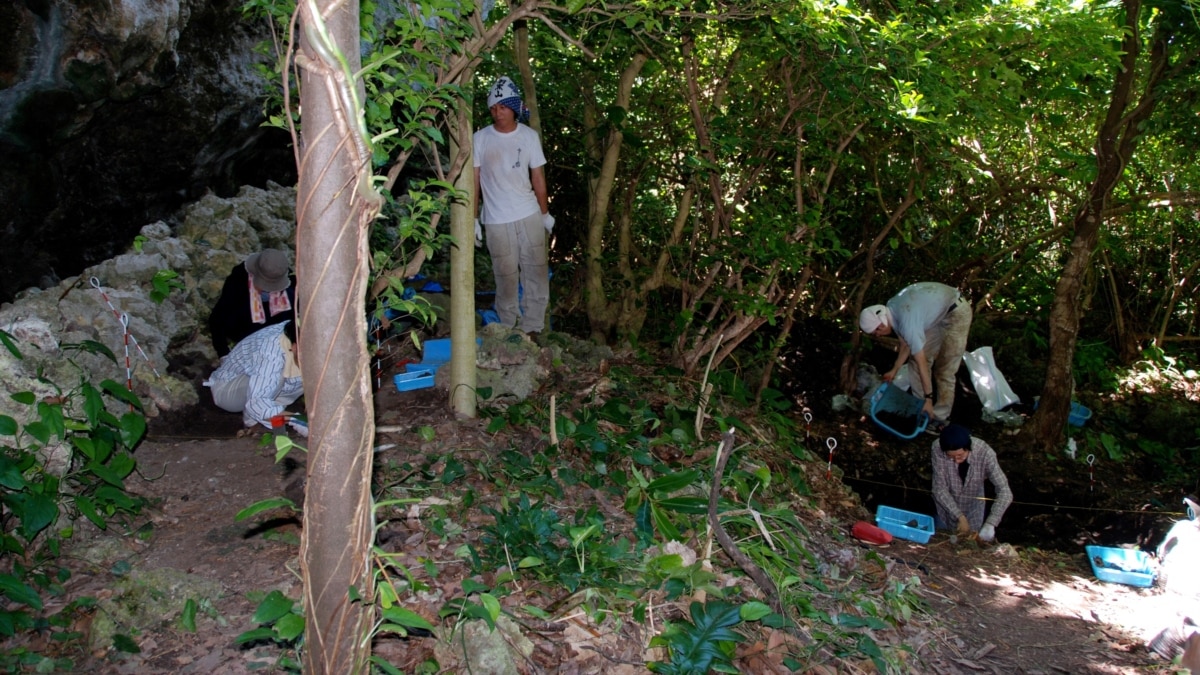In the II century BC, the Yuezhi destroyed the Greco-Bactrian kingdom on the territory of Uzbekistan and Afghanistan and created the Kushan kingdom.
This is not correct. The Yueh Chi, or Yuezhi, were defeated more than once by the Hiong Nu. On the first occasion, they went westward, and displaced the Saka, who fled south towards the Ferghana Valley and Tajikistan in general. At this time, they attacked the flourishing Bactrian Greek civilisation and devastated it, completely destroying it, and leaving space for some of the Greek feudatories to set up their own realms in old Persia, using their new found independence to drive away the younger successor generations of the Seleukids.
Returning to the Yuezhi/Saka issue, the Saka went further than Bactria when they were pressed a second time by the Yuezhi, who had themselves been hunted down in their western refuge and went south. So we had the Saka suffering a second displacement, this time into the old provinces of Arachosia and Drangiana, today, solidly in the Kandahar region of Afghanistan. It was at this time, due to this movement, that the desert regions in the south-west of Afghanistan became known as Sakasthan, changing over time to Seistan, a name that is still in use.
When the Yuezhi had pushed them down into Arachosia and Drangiana, the Saka continued to move, and went through the mountain passes into the Indus Valley in the south, and into what was later the Punjab, where Alexander had fought Porus. In the Punjab, the Saka set up the Northern Satrapy, exterminating the successors to the Bactrian Greeks, the Indo-Greek kingdom; in the lower Indus Valley, in the regions known in modern times as Gujarat, Rajasthan and Malwa, the Sakas set up the Western Satrapy. They survived several centuries, defeated first by the Satavahanas, but clinging on to power, and were completely overwhelmed by the rising Gupta Empire around 400 CE.
The Yuezhi, meanwhile, continually tracking the Saka-Pahlava (the Pahlava is a tribe that can be dealt with separately) created an empire that spanned vast areas in India and Central Asia, The Yuezhi were ruled by five clans, of which one, the Moon Clan, known in their native language as Kushana, grew to signify all the ruling classes, so their empire was known as the Kushana Empire. It was at this time that Buddhism spread through Central Asia, including the iconic caves of Bamian, and went through the trade connections of the Kushana with the Chinese to China, to make an impact there. The Kushana Empire lasted until it was overthrown by one of the Hunnish invasions, the first of them.
Meanwhile, when they realised that the Yuezhi had come right behind them, the Saka gave up their holdings in the north, and merged with the general bulk of the conquered people in Afghanistan, but their western branch, ruling as the Western Satrapy, ruled on, vassals to the Kushana, and assuming the local Indian divinities, for several hundred years more.
The Saka spoke an eastern dialect of Iranian, and were in a sense related to the Indo-Aryans who broke from the Iranians on a religious schism, while still in the post-Andronovo BMAC culture, and fared out in two parts, one, the earliest, travelling through Persia, and Babylonia as they were later, much later, known, and landed up in Asia Minor, probably around 1500 BC, and conquered and ruled over the Hittites.
These were the Mitanni, who worshipped the same gods as the other people of the Indo-Aryan group, Varuna, Dyaus Pitar and the Aswins, the divine twins, and who travelled south-east, into the Hindu Kush, moved through the passes and into South Asia, and settled there.
The Saka belonged to the remainder who stayed back triumphant and dominant, and were the branch that stayed on in the steppes, living a nomadic life as horse lords in the entire steppe land north of the settled lands of Persia, that was inhabited and settled by others of their tribes, all the way to Europe, where they surface much later as the Sarmatians. In the east, however, as we have seen, they were pressed out of the Uyghur region by the Yuezhi flying before the Hiong Nu, then decades later, fleeing a second time, this time to settle deep in Arachosia and Drangiana, and the lower Indus Valley, as well as up in the Punjab.
The language of the Yuezhi is speculated upon. There is a strong body of opinion that they might have been the mysterious Tokharians, whose language was on the other side of the Satam languages, being an isolated strain of the Centum languages that were otherwise the westward travelling part of the Proto-Indo-European languages, that later formed Armenian, Greek, Latin, Celtic, Germanic and Slavic and all the descendants of the Centum group. The Satam group, as we have seen, consisted of the Proto-Indo-Iranian, and divided into the Persians, Medes and others who spoke Iranian languages, including the east Iranian Sakas, worshipped Ahura Mazda and abominated the Daiva (the opposite of their defeated cousins the Indo-Aryans, who worshipped the Devas and considered the Asura the other demi-gods who fought with the Gods constantly) and used a sacred language called the Avestan, that very, very closely resembled the language of the Rg Veda.
The Saka and the Yuezhi were emphatically different from each other.

www.google.com











